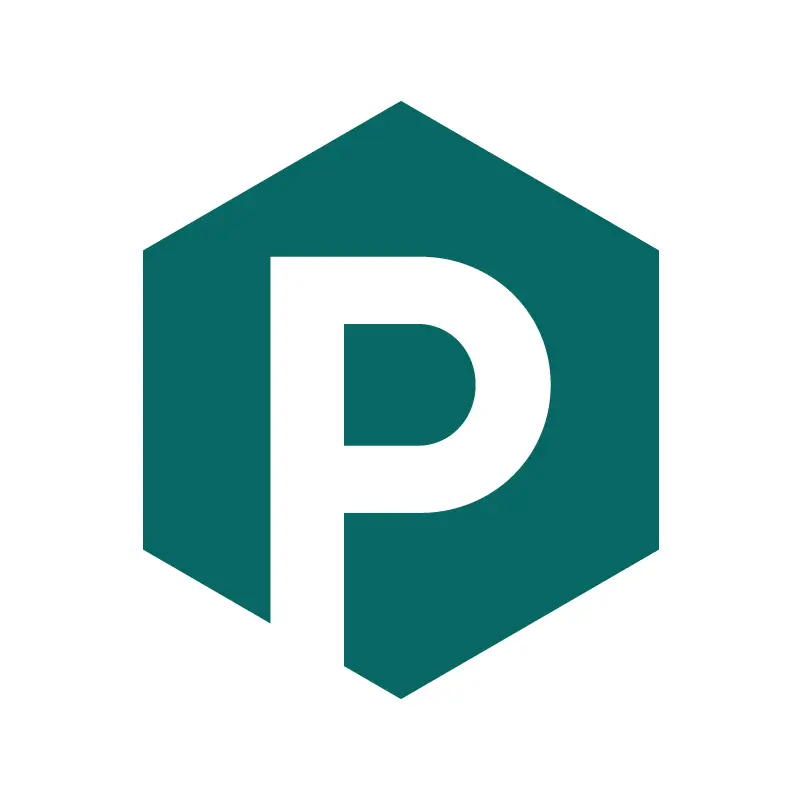Many of our clients come to us requesting usability testing consulting services. One of the reasons they reach out to us is because they think usability testing must be a complex and scientific process. As a result, they’d prefer to have an outside consulting company conduct their tests.
The first thing I tell people who contact me is that usability testing is not a complicated process. It’s a technique that anyone can learn with training and lots of practice.
At its core, a usability test involves putting a person in front of the product and watching what they do. The goal is to observe how well users can accomplish their goals with a product. At Perfetti Media, the bulk of our work focuses on teaching clients that they can quickly start gathering user feedback to help make informed design decisions. Once teams learn the basics for conducting usability tests, they find that testing is a really straightforward process.
I consider a usability test consulting project a success if, after working with me, the team considers testing so valuable that they decide to bring the practice in-house. When teams contact Perfetti Media for a second project, I typically recommend they consider hiring an in-house resource instead of continuing ongoing consulting work with us. I suggest this because, in my experience, the most successful teams conduct their own testing throughout the design process.
That’s why I’ll be sharing the essential steps for conducting your usability tests in-house, starting right at the beginning. By outlining the process, I hope more teams will feel confident they can start testing their products without having to rely on an external consultant.
Step 1: Hold a planning meeting and write a test plan
At the beginning of any usability test project, you’ll want to meet with your design team, engineers, and organization’s stakeholders to identify what they hope to learn from the usability test.
I find it’s essential to have everyone who has an impact on design decisions attend the planning meeting. This allows me to get everyone on the same page and ensure there are no surprises when the stakeholders observe the test sessions.
I typically allot two hours to the planning meeting. I start by giving an overview of the testing process to ensure everyone is on the same page. This also gives the team an opportunity to ask me any questions they have about usability tests.
We then work to define the focus of the test and outline the research questions we’d like to answer. With a large and complex product, it would be impossible to evaluate all concerns and issues in one usability test project. Because of this, I ask the stakeholders and design team what their biggest issues, risks, and concerns are with the product. I also ask them what parts of the product they know the least about how users will interact with it. After getting the team’s feedback, we have a much better sense of where to focus the usability test.
Based on what I learn from the planning meeting, I write a test plan to outline the goal of the tests, the research questions, and the methodology. The usability test plan ends up being the blueprint for the test we’ll run. It can be a formal or informal document, but typically includes the following sections:
